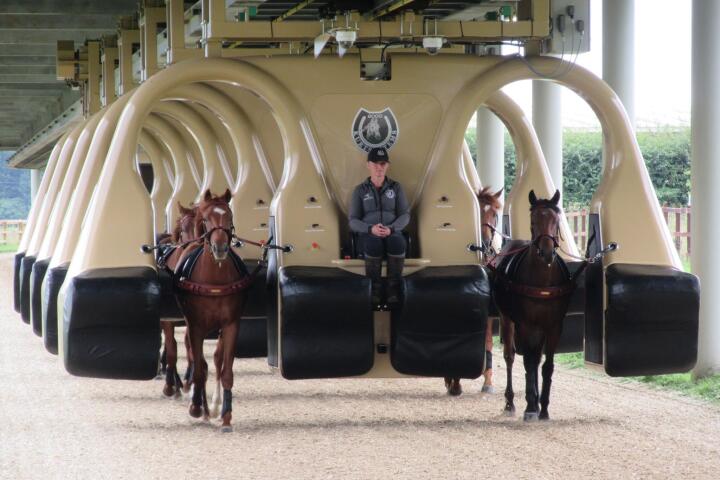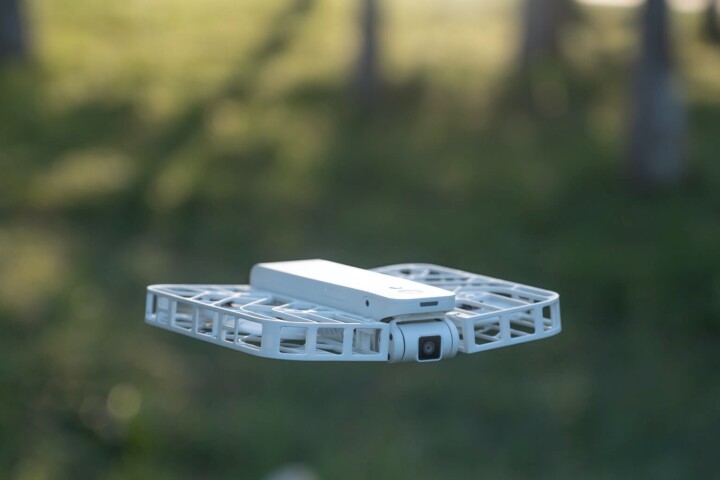 Each robot can reportedly run for a full day on one charge of its battery pack. Serve Robotics Inc. View gallery – 3 images
Each robot can reportedly run for a full day on one charge of its battery pack. Serve Robotics Inc. View gallery – 3 images
–
According to Serve Robotics, over 200 restaurants are now participating in Los Angeles pilot project. Additionally, in both LA and the company’s home city of San Francisco, the autonomous sidewalk-going robots have “completed tens of thousands of contactless deliveries” since Serve’s foundation in 2017.
In the just-announced expansion, plans call for as many as 2,000 of the bots to be utilized by Uber Eats in multiple other American and Canadian cities. Serve is currently working with industry partners and municipal authorities in various locations, although we’ve been told that a short list of possible cities includes San José, Vancouver and Dallas.

Each four-wheeled robot is reportedly able to operate for a full day on one charge of its battery pack, carrying up to 50 lb (23 kg) of cargo at a top speed of 7 mph (11 km/h). Its cargo compartment can only be unlocked by the corporate client or the customer who placed the order, the latter utilizing an app. And notably, all of the robots are capable of Level 4 autonomous driving.
“Level 4 is when no human attention is required in predefined areas,” Serve Robotics co-founder/CEO Ali Kashani told us. “This is achieved using a host of advanced AI capabilities that help our robots navigate cities: AI helps robots detect which surfaces to navigate on, find the route that’s fastest and also safest, detect and identify people and cars, and even identify risk of collision with cars when drivers are inattentive at intersections.”
The expansion is planned to take place mainly in 2024, although the first new market could begin using the robots as soon as the fourth quarter of this year.
For examples of other wheeled food-delivery robots – which are already in use in select locations – check out the offerings from Starship Technologies, Ottonomy and Nuro.
Source: Serve Robotics View gallery – 3 images
–























